Home>Ideas and Tips>Add Depth To Your Decor With Texture
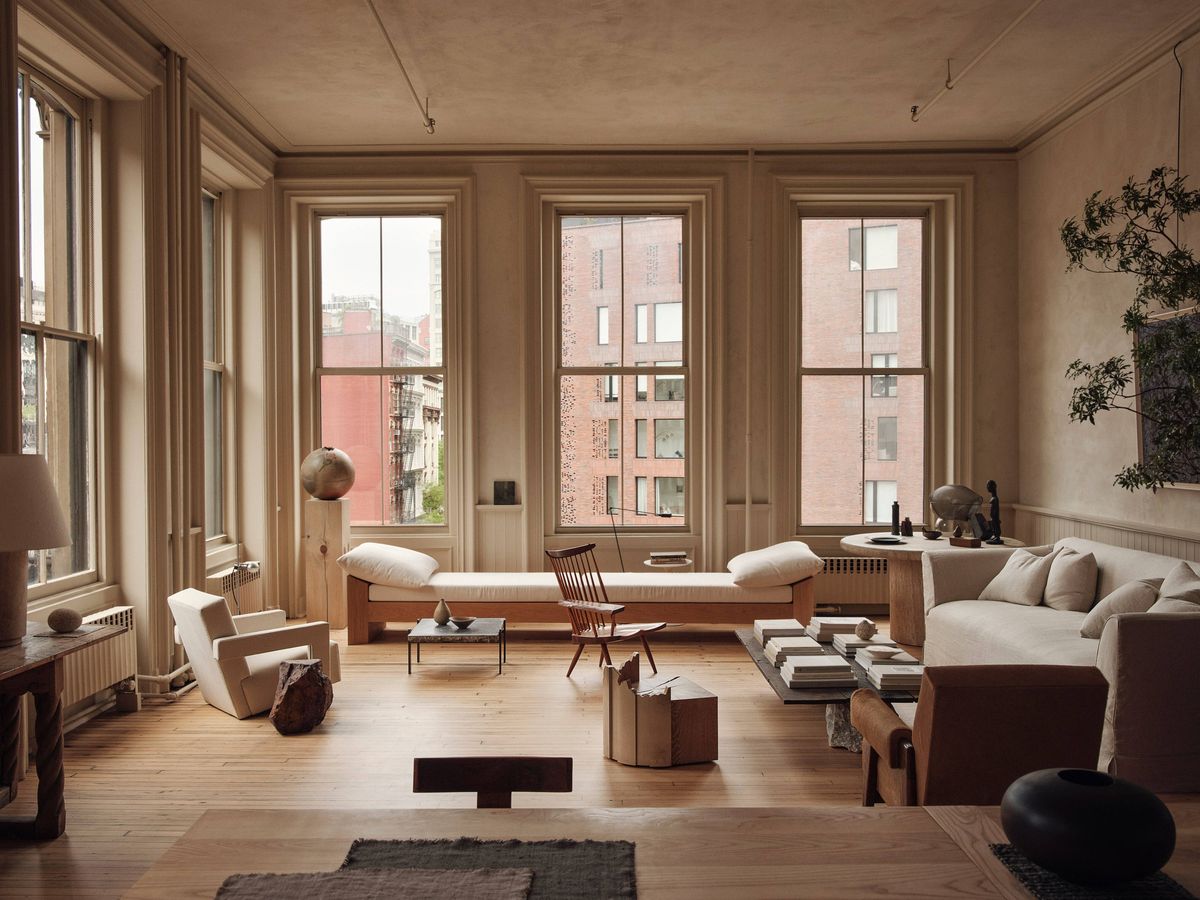

Ideas and Tips
Add Depth To Your Decor With Texture
Published: October 24, 2024
Discover how to elevate your home decor with texture. Learn tips and techniques to add depth, dimension, and visual interest to any room.
(Many of the links in this article redirect to a specific reviewed product. Your purchase of these products through affiliate links helps to generate commission for Storables.com, at no extra cost. Learn more)
When it comes to interior design, there are several elements that contribute to creating a visually appealing and inviting space. Among these elements, texture stands out as a crucial component that can elevate your decor from mere aesthetics to a multi-dimensional experience. Texture is essential in interior design because it adds depth and dimension to a space. Unlike color, which primarily affects our visual perception, texture engages our sense of touch, making the space more stimulating and immersive. By incorporating different textures, designers can create contrast and balance, ensuring that a room is not only visually appealing but also engaging on multiple levels.
Most people are familiar with tactile textures, which are the physical characteristics that we can feel. These include smoothness, roughness, and other 3D properties of materials. Tactile textures are what most people are most familiar with. They refer to the physical characteristics that we can feel, such as smoothness or roughness. For instance, satin curtains have a smooth tactile texture, while furry carpets have a rougher one.
Identifying Tactile Textures:
- Physical Characteristics: Tactile textures pertain to 3D characteristics.
- Feeling: We can feel its smoothness or roughness.
- Material Properties: The material has height, width, and depth.
Examples of Objects with Tactile Textures:
- Satin Curtains: Smooth and luxurious.
- Furry Carpets: Rough and inviting.
- Fuzzy Couches: Soft and cozy.
While tactile textures are the most common type, there are also non-tactile textures that contribute to the visual appeal of a space. These include metallic finishes, glossy surfaces, and other visual textures that add depth without being physically felt.
Texture plays a significant role in interior design, especially when combined with other elements like color and lighting. Here’s how designers use texture effectively:
Using Texture in Architectural Elements
Even the smallest details in architecture can benefit from texture. For example, stair railings, plate roofs, and supportive pillars can all be designed with varying textures to create more character and cohesiveness in a space.
Read more: 5 Ways To Add Pops Of Color To Your Home
How Designers Use Texture
Imagine entering a dining room where the first noticeable thing is the chandelier. The chandelier might be an eccentric vintage piece with metals spiraling all across its body. The walls could be plain and beige, while the tables and chairs are simply black. However, the floor has a brown velvety rug that offers a welcoming cushion. Additionally, there are occasional flowered pots on the edges of the room.
In this scenario, the designer has applied balance by ensuring there’s a pleasing mix of warm and cold colors. The use of different textures—such as smooth metal for the chandelier, rough velvet for the rug, and smooth black for the furniture—adds depth and visual interest to the space.
Providing Depth and Emphasizing Atmosphere
The primary goal of texture in interior design is to provide depth and emphasize the atmosphere of a space. By incorporating various textures, you can make a room more stimulating to the senses, thereby increasing its attractiveness.
Creating Balance
Professionals provide balance by ensuring there’s a pleasing mix of warm and cold colors. However, they also use texture to create contrast and harmony within a space. For instance, using rough interior surfaces can make a room look warmer due to its tendency to reflect less light, adding weight to the room and making it feel more rustic.
Adding Visual Interest
Textures can add visual interest by creating focal points within a room. For example, adding textured elements like a textured accent wall or patterned rug instantly adds visual intrigue and dimension to the space.
Interacting with Light and Shadows
Another intriguing aspect of textures is their ability to interact with light and shadows. Different textures reflect, absorb, or diffuse light in unique ways, creating captivating visual effects. For instance, a textured wall with irregular patterns can cast interesting shadows, adding depth and drama to a room.
Adding texture to a room is not just about selecting random materials; it requires a thoughtful approach that considers the overall aesthetic you want to achieve. Here are some practical tips:
Layering Different Textures
Layering different textures is key to creating depth and visual interest in your space. For example:
- Cozy Rug Over Hardwood Floor: Layering a soft shag rug over hardwood floor adds warmth and comfort.
- Throw Pillows on Sofa: Adding throw pillows with different textures can enhance the seating area.
- Textured Curtains Over Window: Hanging textured curtains over windows can add depth and filter natural light.
Using Contrasting Fabrics
Using contrasting fabrics is another way to add texture:
- Velvet Sofa Against Smooth Walls: Pairing a velvet sofa against smooth walls creates a striking contrast.
- Patterned Throw Pillows on Solid-Colored Sofa: Adding patterned throw pillows on solid-colored sofas adds visual interest.
Adding Textured Furniture
Textured furniture can significantly enhance the overall aesthetic of your room:
- Rough-Sawn Wood Furniture: Using rough-sawn wood furniture can add a rustic touch.
- Leather Armchairs: Incorporating leather armchairs can bring warmth and sophistication.
Playing with Textured Home Decor
Playing with textured home decor items can also add depth:
- Gilded Frames on Mirrors: Adding gilded frames on mirrors can add a touch of elegance.
- Woven Baskets and Wall Hangings: Using woven baskets and wall hangings can bring handmade craftsmanship into your space.
Different types of textures can work better in different design styles. Here are some common types:
Soft Textiles
Soft textiles like plush carpets, cozy throw blankets, and fluffy pillows create a sense of comfort and coziness in a space. These textures are ideal for bedrooms and living rooms as they make the space feel inviting and welcoming.
Natural Materials
Natural materials like wood, stone, and leather add warmth and texture to a space. These materials can bring a sense of nature into your home, creating a calming and welcoming atmosphere.
Woven Textures
Woven textures such as baskets, wall hangings, and woven blankets add depth and interest to a space. These textures also add a sense of handmade craftsmanship, making them perfect for creating a more personal and welcoming atmosphere.
Read more: 7 Ways To Add Seasonal Touches To Your Home
Metallic Accents
Metallic finishes like brass, copper, and gold add shine and texture to a space. These accents can create a more glamorous and welcoming atmosphere, making them suitable for formal areas like dining rooms or living rooms.
Furry Textures
Furry textures such as sheepskin or faux fur add luxury and softness to a space. These textures are perfect for bedrooms and living rooms as they create a cozy and inviting atmosphere.
Incorporating texture into your interior design is an art that requires careful consideration of various elements. By understanding the different types of textures—tactile and non-tactile—and how they interact with light, color, and other design elements, you can create spaces that are not only visually appealing but also engaging on multiple levels. Whether you're aiming for a contemporary look with sleek surfaces or a rustic feel with natural materials, textures play a crucial role in bringing depth and dimension to your decor. Remember to layer different textures, use contrasting fabrics, add textured furniture, and play with textured home decor items to achieve the perfect balance in your space. With these tips and techniques, you can transform any room into an inviting and immersive environment that stimulates the senses and enhances the overall aesthetic appeal of your home.
Was this page helpful?
At Storables.com, we guarantee accurate and reliable information. Our content, validated by Expert Board Contributors, is crafted following stringent Editorial Policies. We're committed to providing you with well-researched, expert-backed insights for all your informational needs.
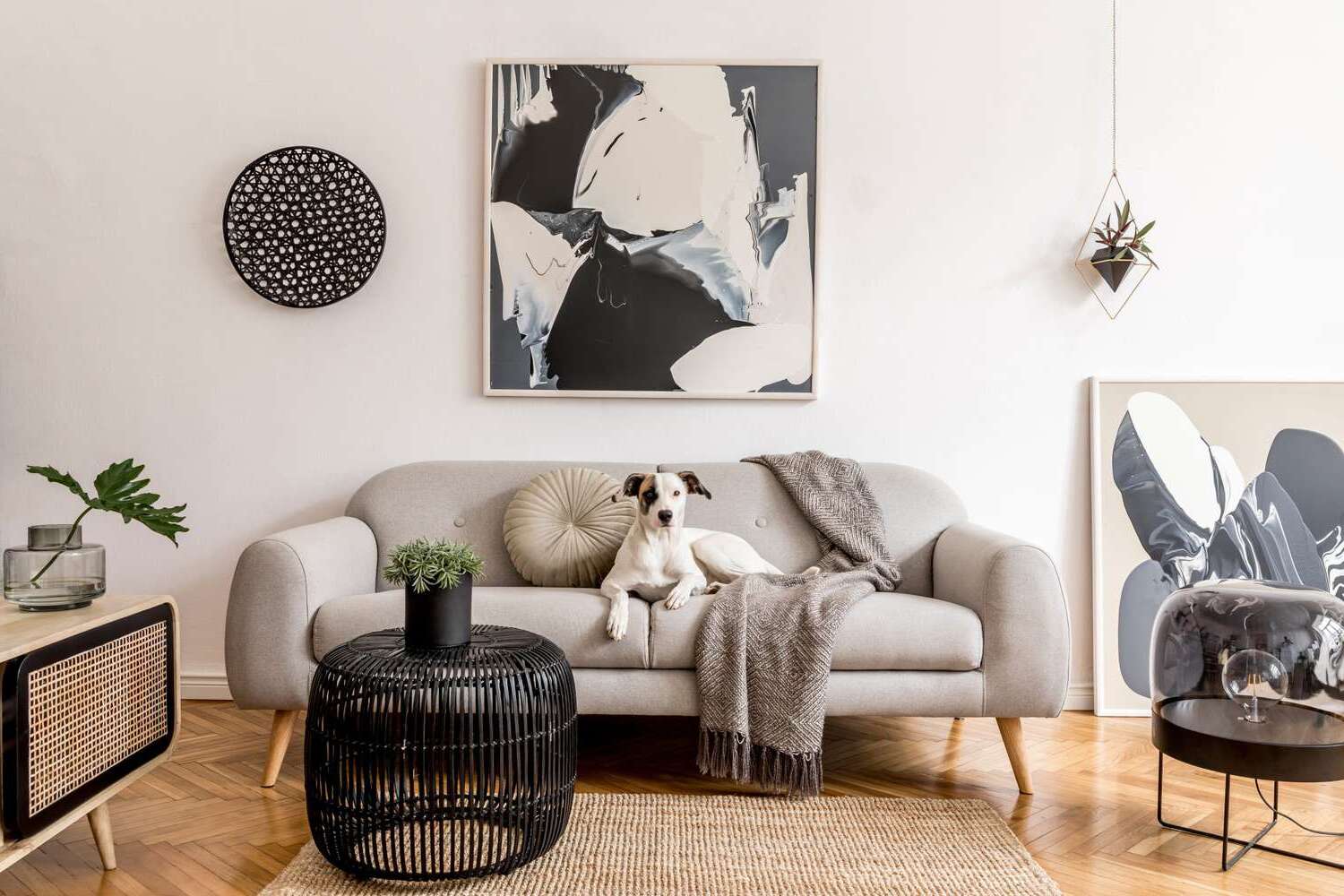
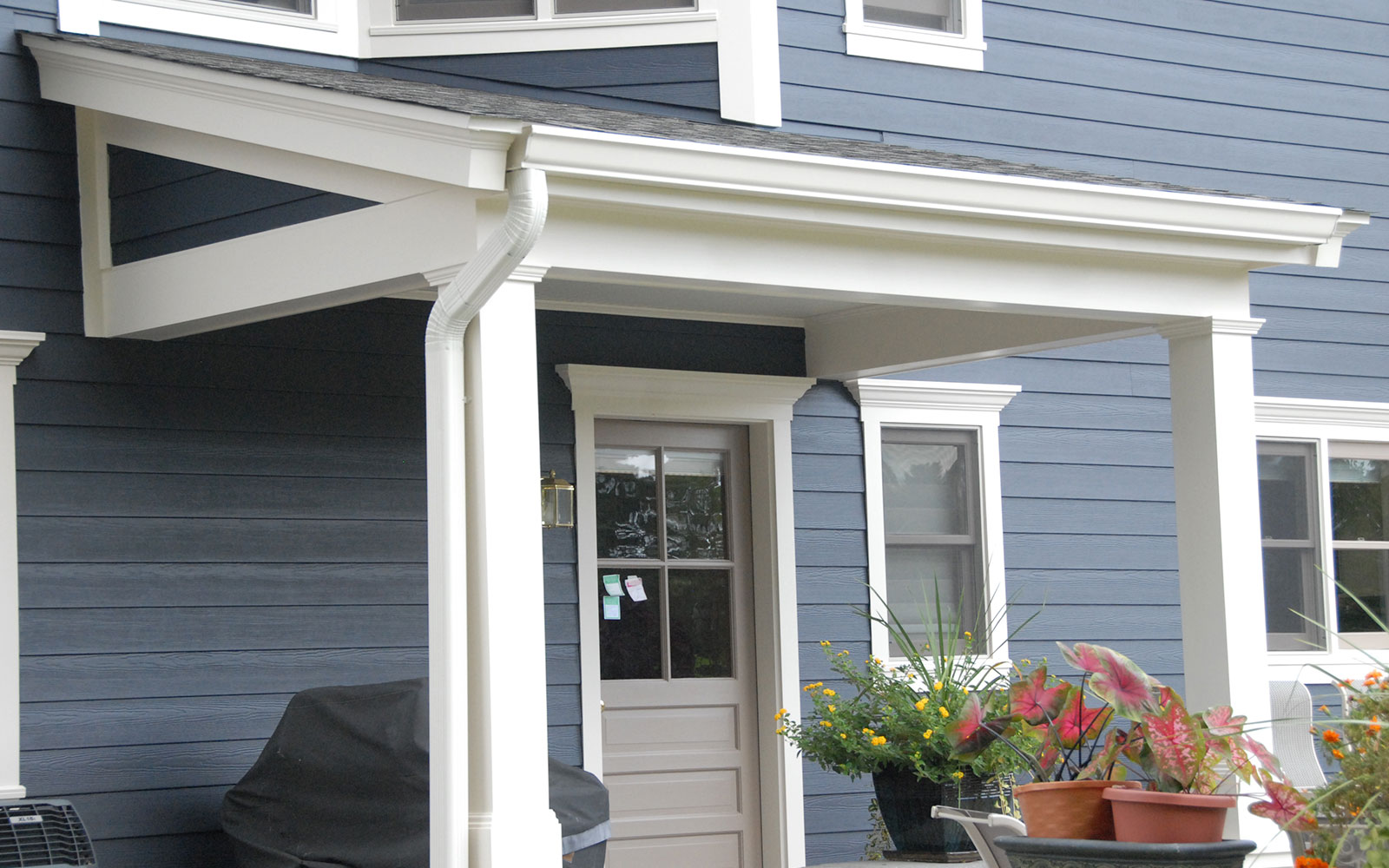
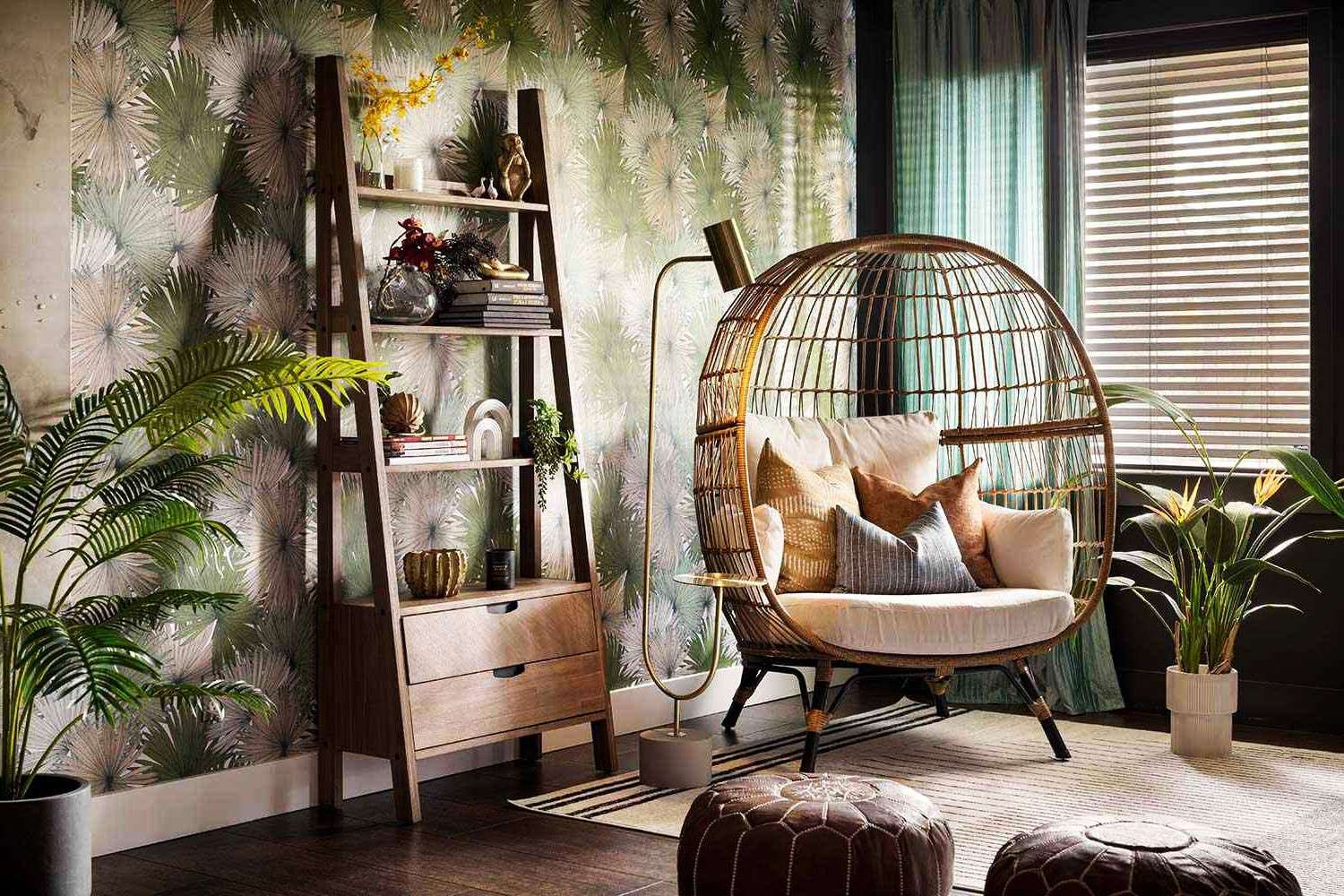
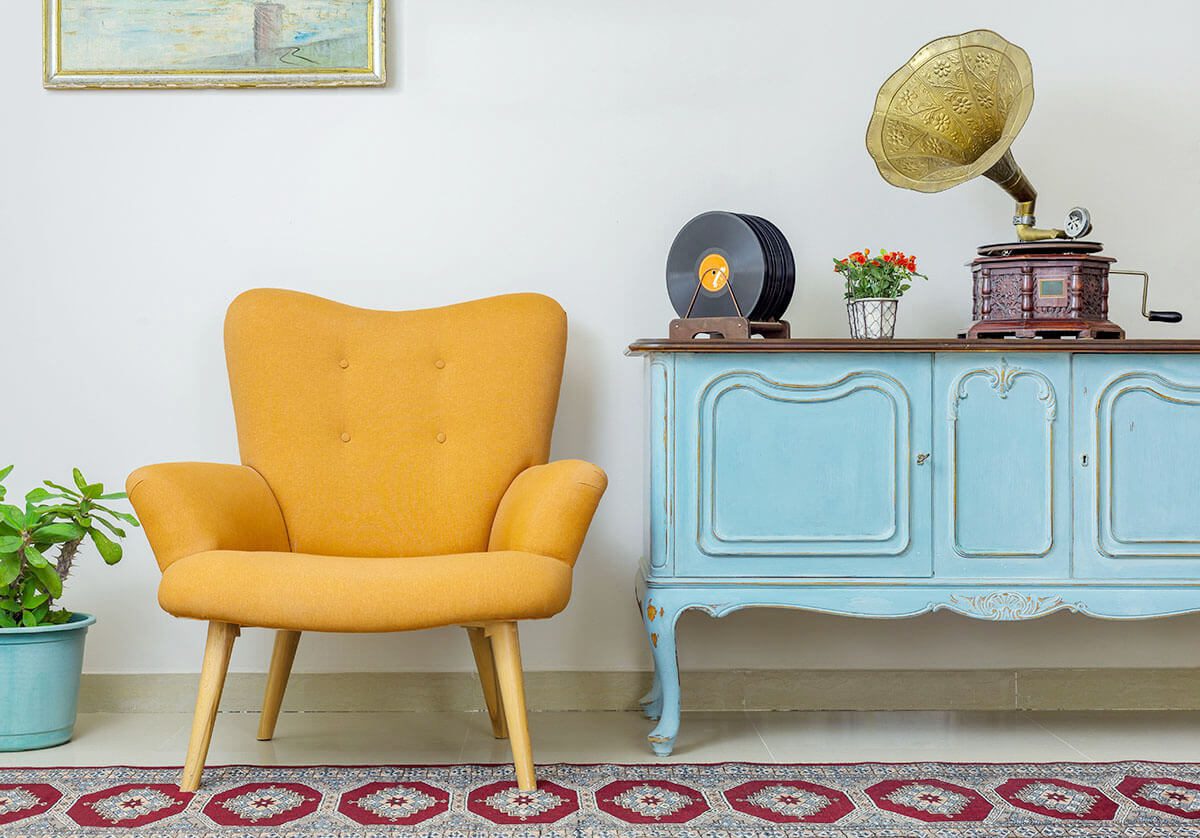
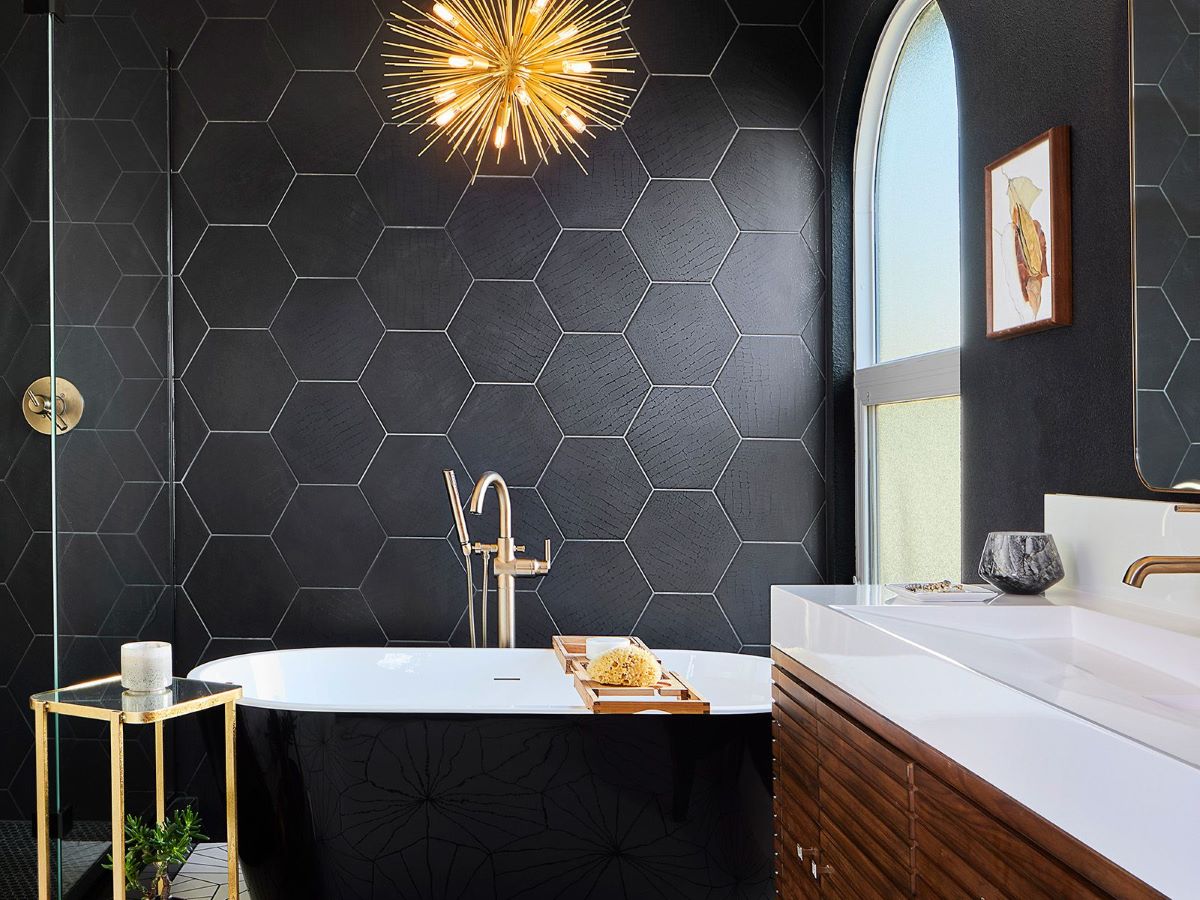
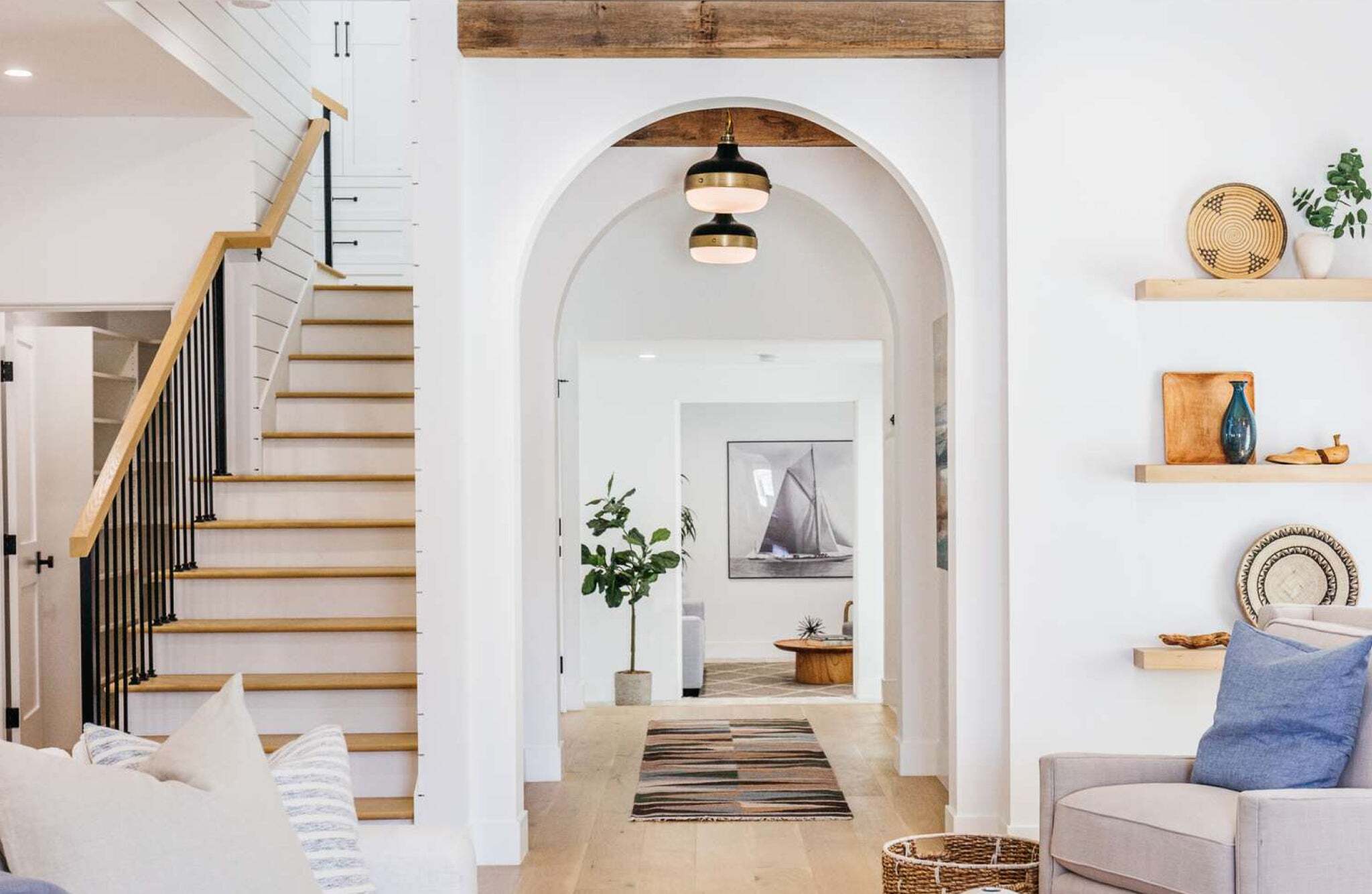
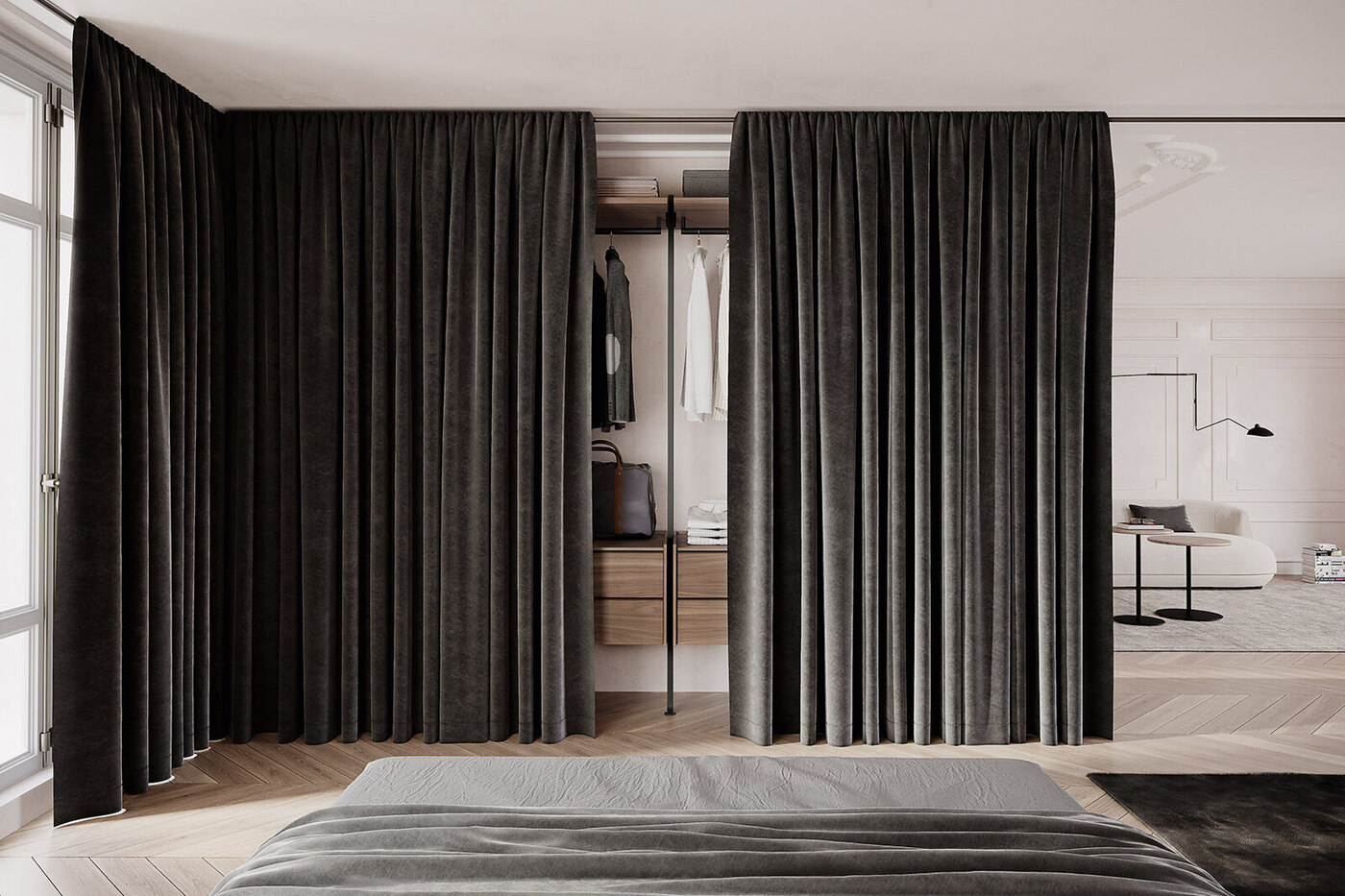
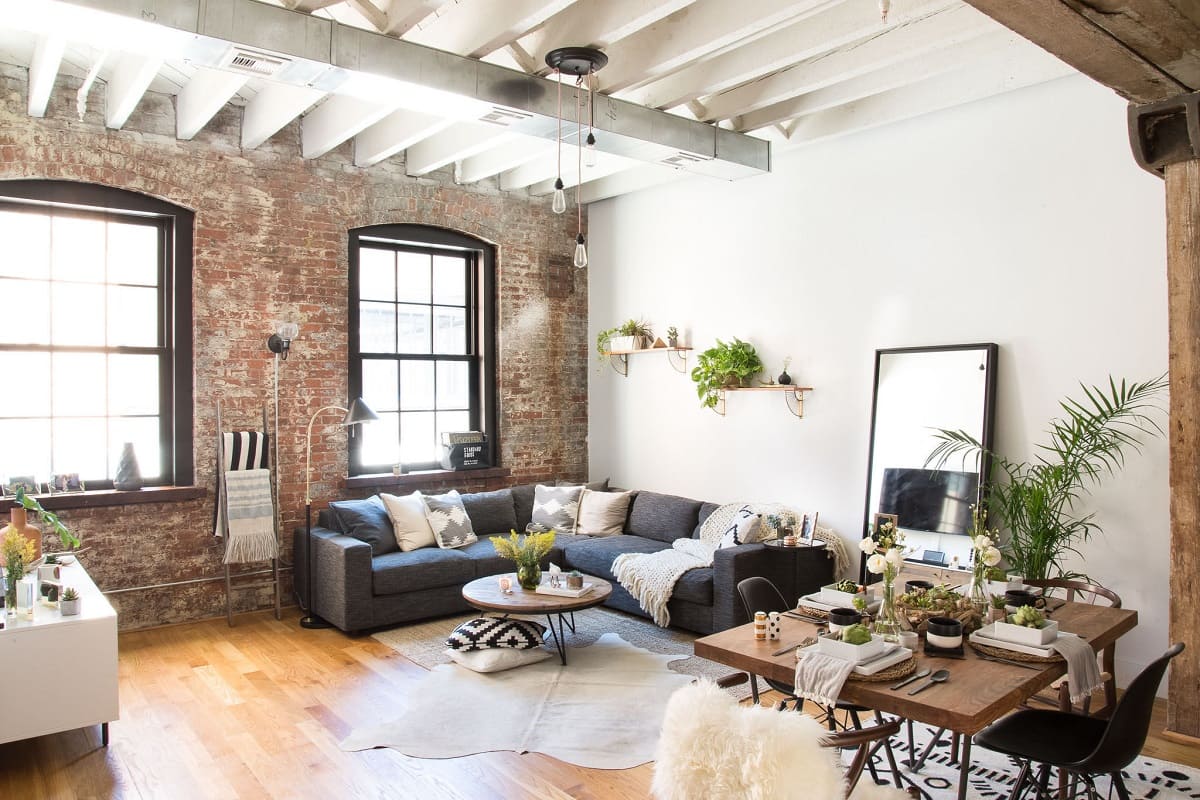
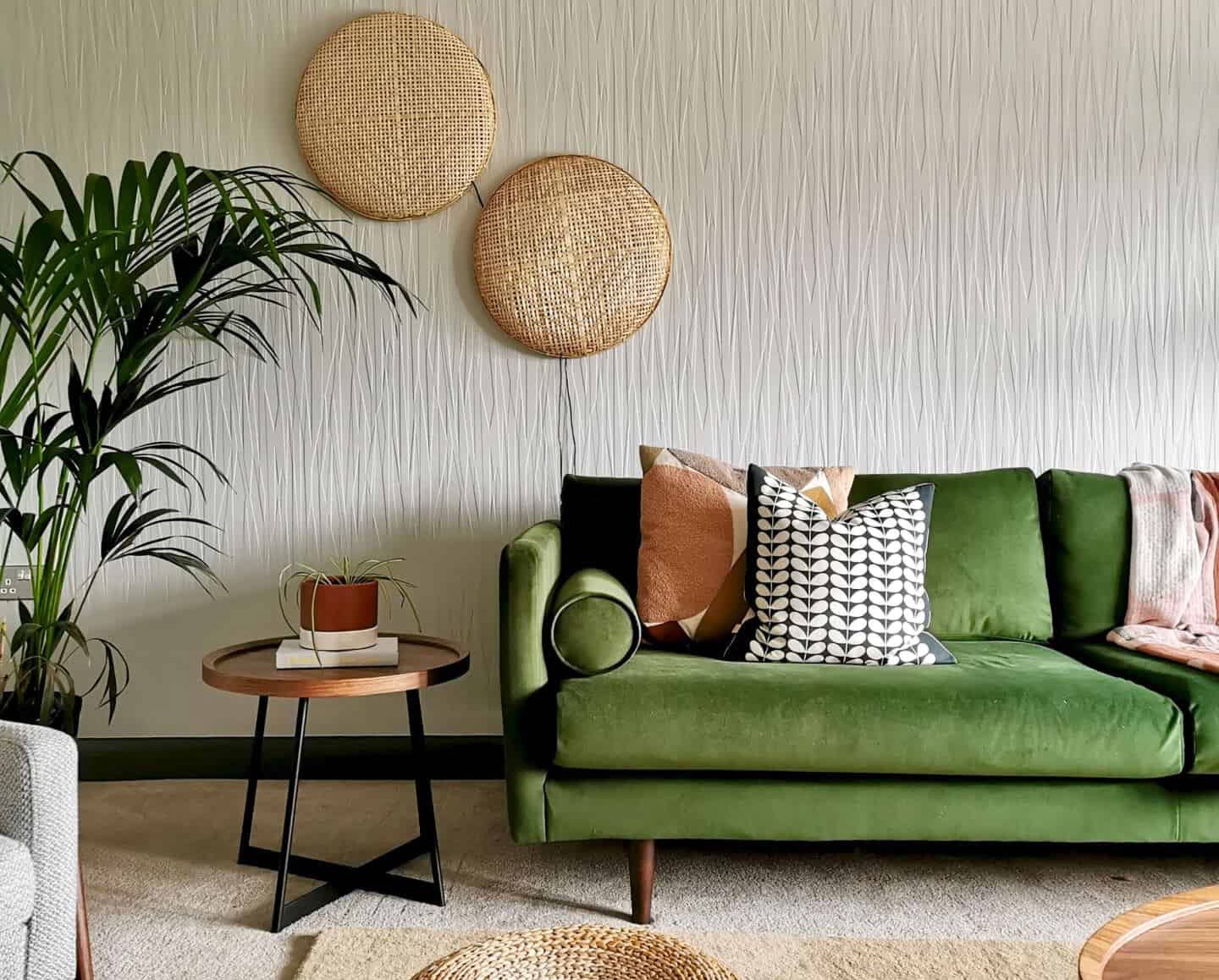
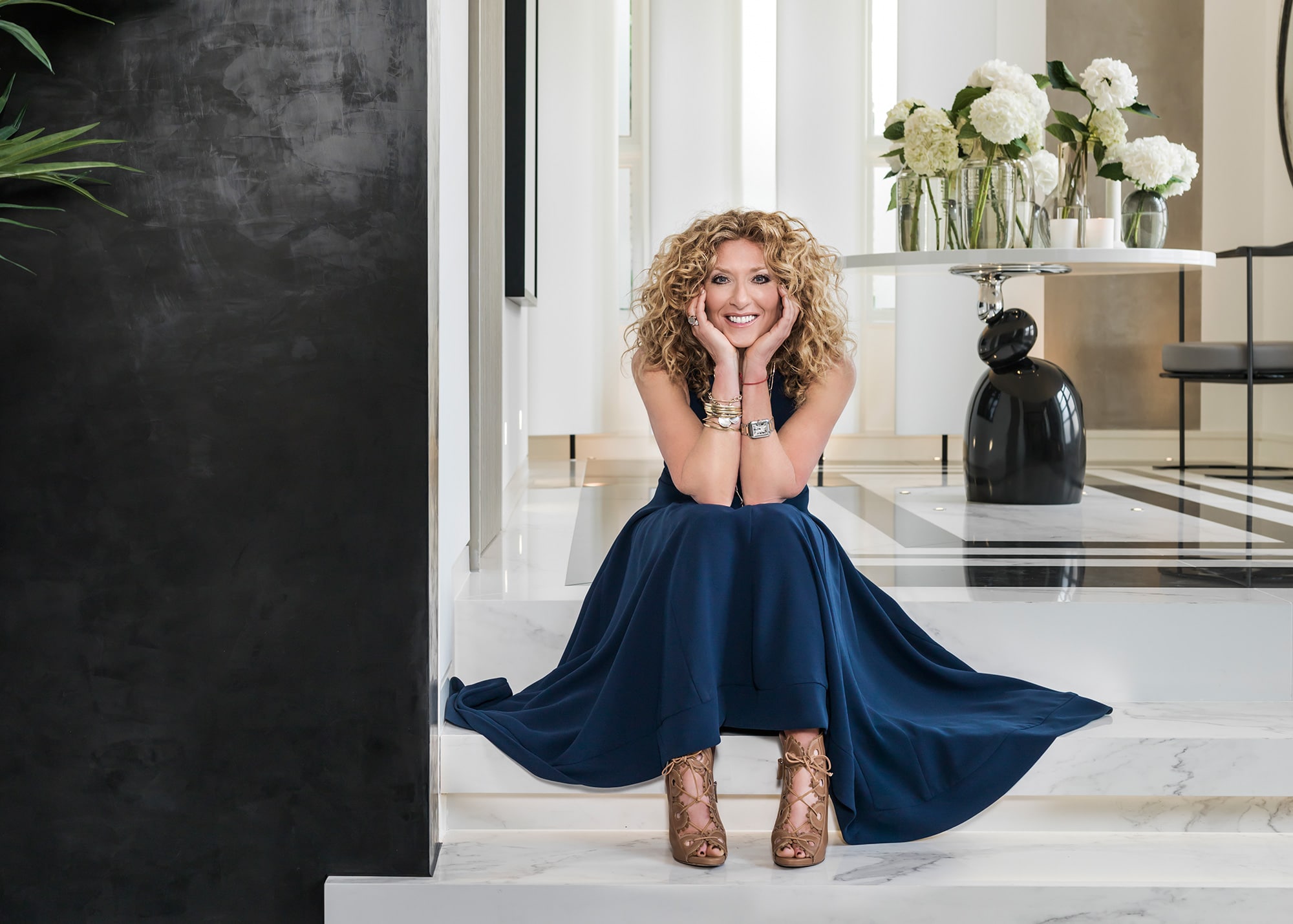
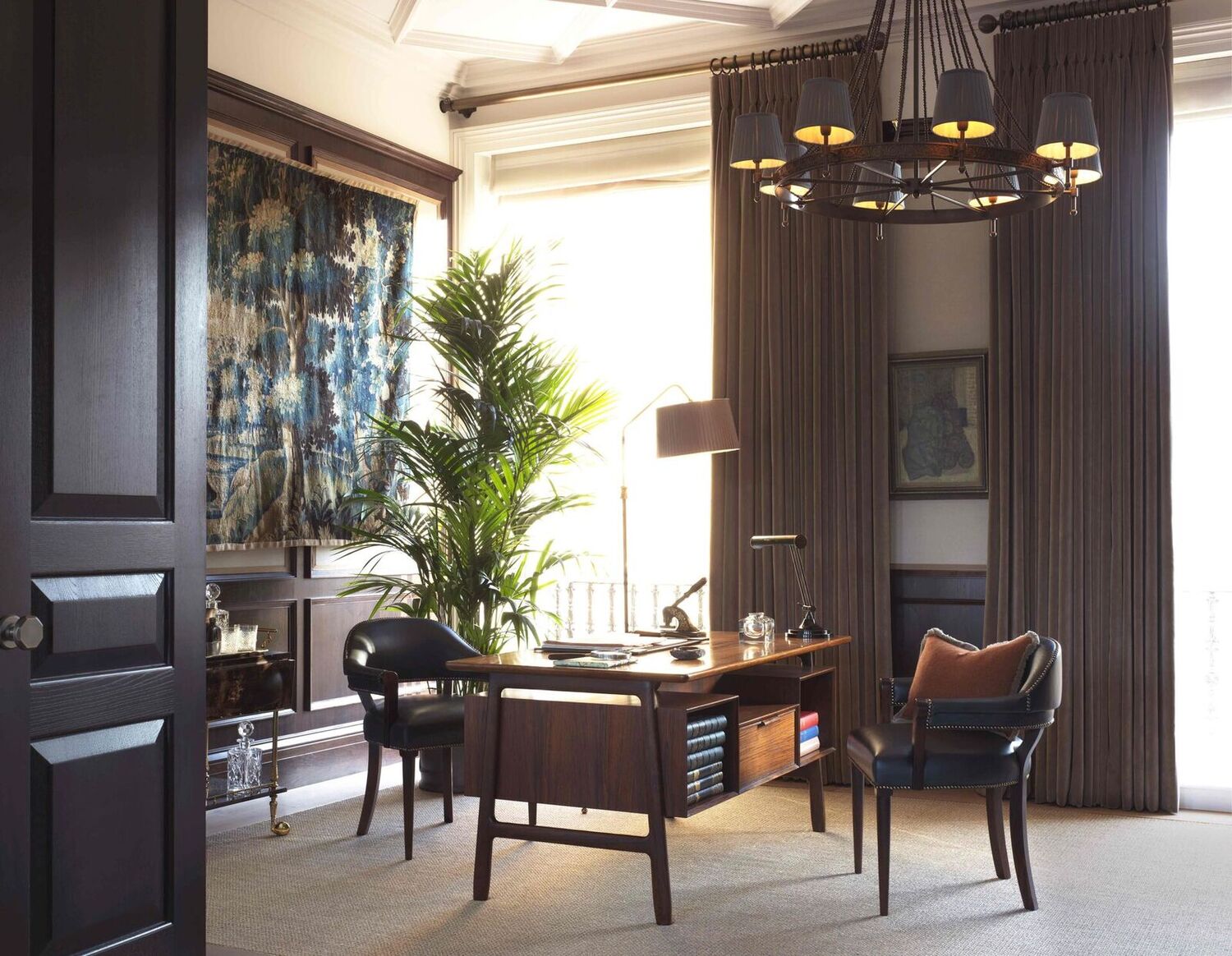


0 thoughts on “Add Depth To Your Decor With Texture”